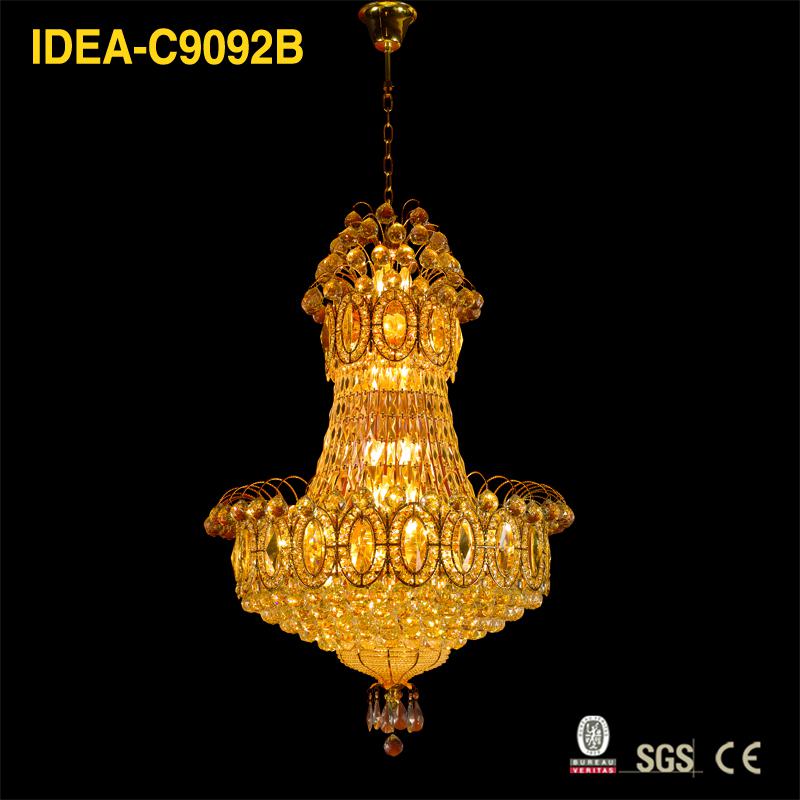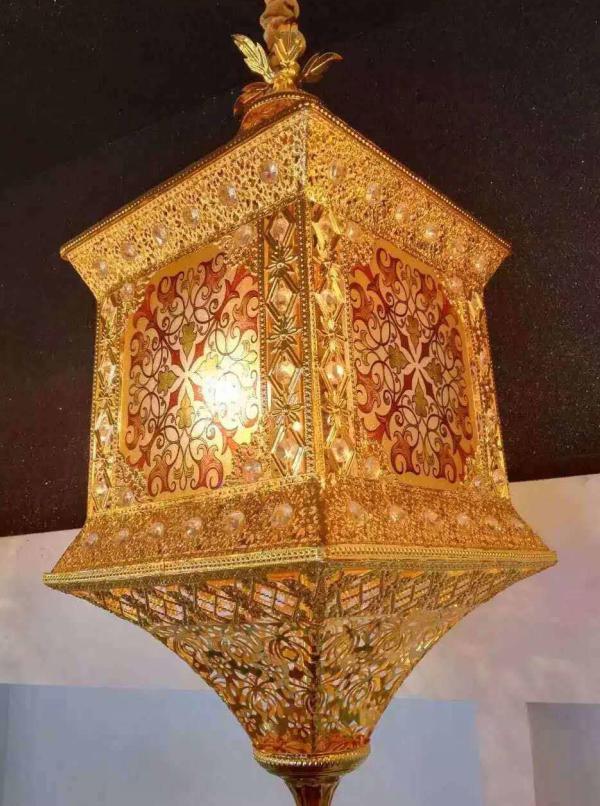Epistar puts 162Lm/W white LED light into lighting application
LED manufacturer Epistar showed their findings on high-voltage LED chips that enable cool white (5000k) LEDs to reach 162Lm/W.
The chip is described as a monolithic integrated, DC multi-array high voltage application LED chip. Epistar expects this product to become the mainstream of general lighting.
With a drive current of 20 mA and a voltage of 47 V, the luminous efficiency of 162 Lm/W is achieved, and the corresponding power consumption is 0.94 W. Under these conditions, a 45-mil chip can produce 152 Lm.
Epistar says HV-LEDs have lower power requirements and higher socket efficiency than traditional LEDs because of their powerful new high-voltage chip design. According to the company, the flexibility of HV-LEDs for voltage and current variations simplifies LED packaging and circuit design, resulting in improved overall efficiency.
Progress of the SMASH project
The SMASH project published a second letter. The goal of SMASH is to create LEDs with nanostructured materials in a disruptive way to achieve high efficiency and low cost equipment. These goals are accomplished by the epitaxial growth of LEDs composed of ultra-low defect nanostructure templates and the development of LED structures based on nanorod emission. These methods have a large impact on production costs because they allow for the growth of large but low cost substrates such as silicon.
The most critical step is MOVPE. This was done in close collaboration with the Brasserie Technical University by Osram Opto Semi conductor.
The SMASH website and letter contain a summary of the 2010 International Workshop on Nitride Semiconductors (September 19-24, 2010).
Vertic le shows the first hexagonal LED chip
An article on Semiconductor Today mentions: Verticle, based in Dublin, California, has published what they call the first hexagonal LED chip. This honeycomb-type LED chip is a vertically structured, InGaN-based blue LED chip that is specially fabricated for high voltage applications. CEO Mike (MC) says that a hexagonal chip will benefit in terms of cost, light output efficiency and beam profile compared to traditional square or rectangular LED chips.
Sumitomo Electric developed a 6-inch GaN substrate
According to a Japanese magazine, Sumitomo Electric developed the world's first 6-inch diameter GaNg substrate for white LEDs. Previously, the company produced a 2-inch GaN substrate for blue-violet lasers, which enabled the invention and production of Blu-ray DVD players. Sumitomo Electric began mass production of 2-inch GaN substrates for white LED lamps, while also developing large-diameter substrates.
The surface of this newly developed 6-inch substrate is a polarized c-plane. Sumitomo Electric is now trying hard to produce it on a large scale, and hopes that this material can be widely used by white LED lamps and power devices.
Array of nanorods produces natural white LEDs
According to a paper on OptolQ, researchers at National Tsinghua University (Hsinchu, Taiwan) invented a new formula for phosphorus-free white LED lights. This mode is to align GaN nanorods on a silicon (Si) substrate, which provides a template for the growing pressureless InGaN/GaN heterostructure nanorods, which can be used to eliminate piezoelectric polarization effects. .
LED packaging and assembly
ElectrolQ interviewed Jan Vardaman, president of TechSearch International, at the MEPTEC Semiconductor Packaging Development Blueprint Workshop (held in Santa Clara, California in October 2010). He said there is room for development in the packaging and assembly of LEDs.
In an interview with Debra Vogler (a senior technical editor), Vardaman discussed the sapphire substrate and SiC substrate, and discussed the various methods that LED manufacturers are now using. The dimensions of the substrate wafer and the production guidelines for the LEDs are also discussed.
Blue semi-polarized GaN LED
Researchers from the University of California, Santa Barbara (UCSB) and Mitsubishi Chemical Corporation (Ibaraki, Japan) have developed a new back-growning technology for blue LEDs based on gallium nitride (GaN). According to a paper on the OptolQ website, this technology allows gallium nitride (GaN)-based blue LEDs to be compared to wurtzite c-plane LEDs in performance and production methods.

Classical Crystal Pendant Light always have a sense of golden. with metal and crystals for main materials. These type light used E14/E27/E12/B22 lamp holder, if you need more shiining light, we also can add LED inside. There are thousands of different patterns and designs for customer to choose, and we can make light according to customers' requirments.


Classical Crystal Pendant Light
Classical Crystal Pendant Light,Crystal Pendant Light,Chandelier Lighting,Pendant Light
Laidi(Zhongshan) Lighting Co.,Ltd. , http://www.idealightgroup.com